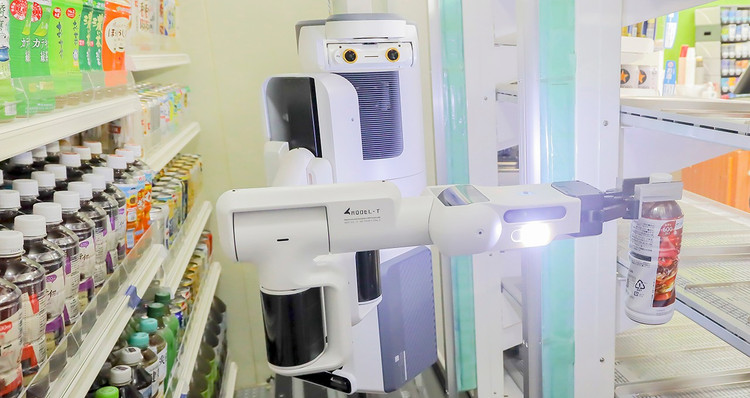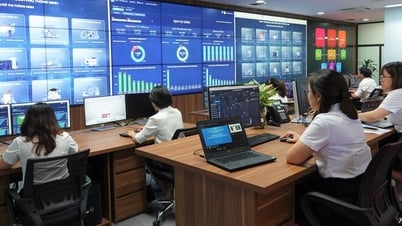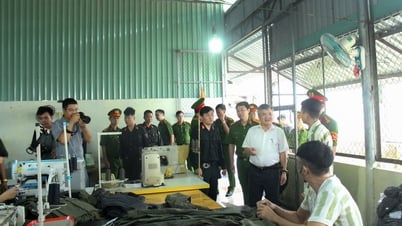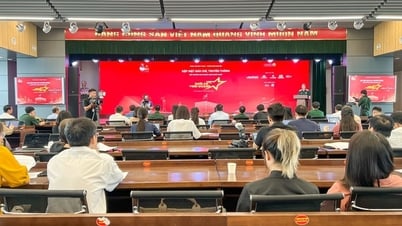The rapid development of artificial intelligence (AI) and sensor technology is changing the way Japan’s retail industry operates. Some of the country’s major convenience store chains have begun deploying multi-purpose robots that can perform multiple tasks in a single device, from cleaning floors, monitoring goods to broadcasting timely product advertisements.

The new robot is capable of cleaning the floor 4 to 5 times a day, and uses AI cameras to record images of shelves. When it detects a decrease in goods, the system will automatically send a notification to the employee's phone to promptly replenish, thereby reducing the workload of direct inspection and saving manpower in the store.
In addition to cleaning and monitoring features, the robot is also equipped with an advertising screen that displays suggested products at different times of the day, based on actual inventory data. Thanks to that, reaching customers and promoting consumption takes place simultaneously while the robot moves throughout the store space.
Images captured by robots can also be checked remotely, which is especially useful for managers who operate multiple stores at the same time. Using robots instead of ceiling-mounted cameras also reduces infrastructure investment costs while still ensuring accuracy and flexibility in collecting product data.
Beyond just operational support, some businesses are also testing the ability to analyze image data from robots to evaluate sales performance by time and location. This data helps to adjust display and marketing strategies to suit each store.
With an aging population and low birth rate causing a shortage of workers in the service industry, many retail chains in Japan are turning to automation solutions. Other brands have also tested robots that display products themselves or provide remote consultation services through images of employees displayed on screens attached to robots.
According to forecasts from research organizations, the global retail robot market size could reach over 57 billion USD by 2030, up nearly 5 times compared to 2024. This signal shows that the trend of using smart robots in the commercial sector is no longer a local experiment but has entered a widespread deployment phase.
In the near future, AI robots will likely become a familiar part of convenience stores, not only helping to reduce the workload for humans but also enhancing the shopping experience through the ability to provide personalized service, operate accurately and adapt flexibly to each moment.
Source: https://khoahocdoisong.vn/robot-ai-da-nhiem-phuc-vu-cua-hang-tien-loi-nhat-ban-post2149041791.html







































































































Comment (0)